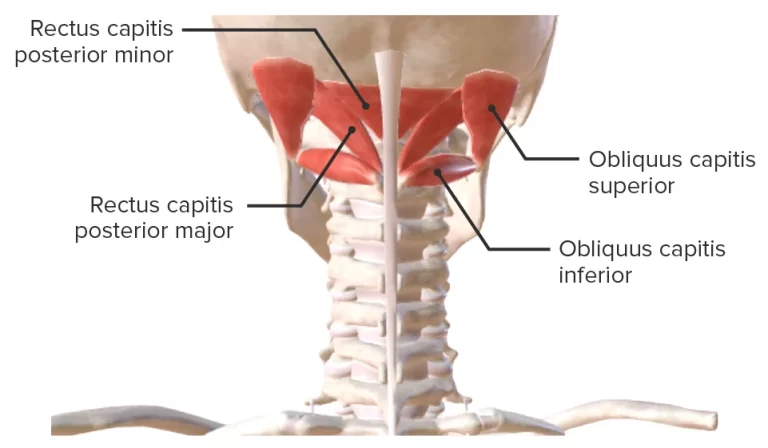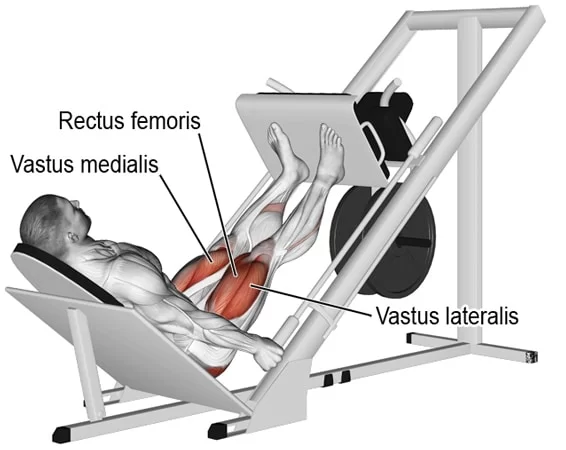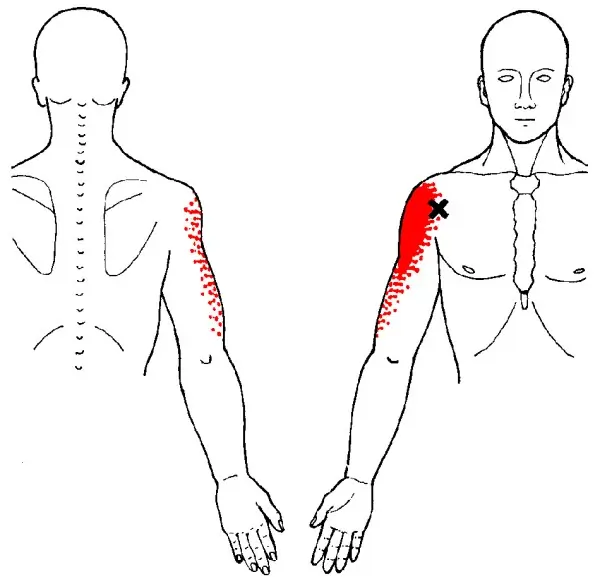Stretches for sacroiliac(SI) joint
Table of Contents
What is stretches for the sacroiliac joint:
- Stretches for the sacroiliac joint are best and easy to perform at home to increase the flexibility of the low back.
- Stretching also helps in the condition of sacroiliac joint dysfunction.
- Sacroiliac joint dysfunction is commonest health concern related to SI joint. This term is used to describe the pain at the sacroiliac joint (SI joint). It is usually caused by abnormal movement or malalignment of the sacroiliac joint.
- Pain is typically felt on the one side of the low back/ buttocks & also radiates down to the back of the leg.
- The Woman who is pregnant or recently deliver a baby is more susceptible to this joint pain.
- SI joint is attached between the spine & the pelvis.
- Sacroiliac joints are located on both the right and left sides of your lower back.
- The main job of the SI joint is to distribute the weight to the upper body when to the stand or walking, shift that load to the legs, and to absorb shock when you move.
Benefits of SI joint stretching:
The followings are the health benefits of performing stretches for the sacroiliac joint:
- Reduces muscle stiffness
- Increases range of motion.
- Improve your freedom of movement.
- Get rid of injuries, aches, and pains.
- Improve your sporting performance.
- Take your flexibility to the next level.
- Improves mechanical efficiency and overall functional performance.
- Improves posture.
Type of Stretches for the sacroiliac Joint :
- One Knee to Chest
- Both Knees to Chest
- Outer Hip Muscles Stretching
- Twist to the Spine
- Sidelying Quadricep Stretch
- Trunk rotation stretch
- Quad stretch into the standing
- Piriformis stretch
- Hamstring stretch
One Knee to Chest :
- Starting position is supine.
- Into the lying position bend to the knees & place the feet rest flat on the floor.
- Gently grab one knee & bring it towards the chest.
- Hold this position for 30 seconds.
- Then go back to the starting position.
- Due to the stretching 10 times in one session & 3 sessions per day.

Both Knees to Chest :
- Lie on your back with your both knees bent and your feet flat on the ground.
- Pull one knee to your chest and then the other. Don’t raise both legs together.
- Hold for 15 to 30 seconds.
- Relax and lower your legs one at a time to the ground.
- Rest for 30 seconds.
- Repeat this 3 to 5 times.
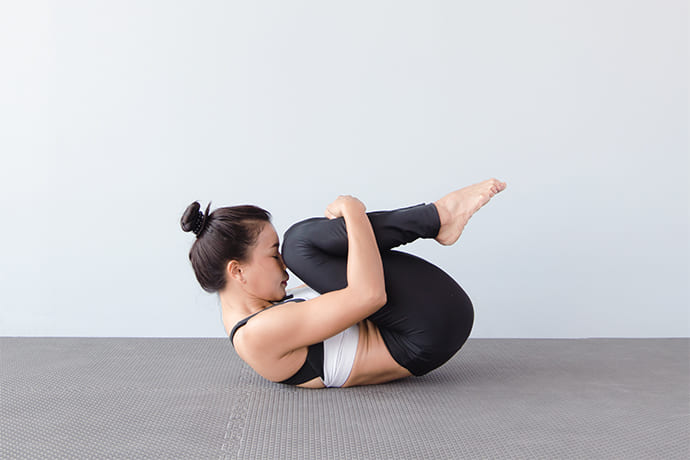
Outer Hip Muscles Stretching :
- Starting position is a supine position.
- Into lying position with the knee bent & feet flat on the floor.
- Put the ankle of one foot onto the knee of the other.
- Clasp the hands under the supporting knee.
- Use to the abs then gently rise to the supporting knee off to the floor.
- Go as high as you can without feeling any kind of pain at this joint.
- Hold this position for 15 to 30 seconds.
- Then go back to the starting position.
- Then repeat on the opposite side.
- Do the exercise 3 to 5 times in one session & 3 sessions per day.
Side-lying Quadriceps Stretch :
- The starting position is side–lying.
- Lie onto one side & hold to the foot, ankle & even the shin behind the body.
- Pull the heel through to the bottom.
- If the patient is not able to reach, apply to tie a strap or belt around the foot.
- Then dangling to the other side for the strap to pull the foot in.
- Do the exercise 3 to 5 times in one session & 3 sessions per day.
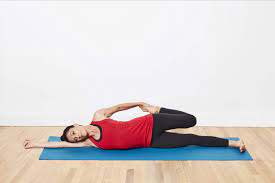
Trunk rotation stretch :
- Starting position is supine.
- Lie on the ground with two feet flat on the floor & arms outstretched into the T-position.
- Knees are kept together& pointed toward the ceiling.
- Keep the knees together & twist to one side to the comfortable.
- Do the exercise 3 to 5 times in one session & 3 sessions per day.
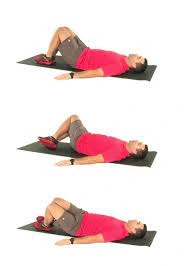
Quad stretch into the standing :
- Stand near the chair/wall if to need help balancing.
- Grab to the left ankle.
- Then pull the foot to the glutes with to the knee pointing downward.
- Hold for 4 to 5 seconds.
- Do the exercise 3 to 5 times in one session & 3 sessions per day.

Piriformis stretch :
- Supine position with both feet resting flat on the floor and both knees flexed.
- Place the ankle of the right leg over the knee of the left leg.
- Bring the left thigh toward the chest and hold the stretch.
- Repeat for each side.
- Each piriformis stretch should be held for 5 to 20 seconds to start, gradually increased to hold for 30 seconds, and repeated three to four times each day.
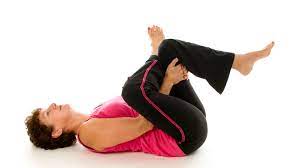
Hamstrings Stretch :
- Lie on the back, wrap a towel around the back of one thigh and support the thigh by holding the end of the towel.
- If a towel is not available, the hands can be used to grasp the thigh.
- Keep the other leg straight on the ground.
- Slowly extend the knee until a stretch is felt in the back of the thigh, trying to get the bottom of the foot parallel with the ceiling.
- Extend the leg and the knee only until the stretch is comfortable.
- Hold the position initially for 10 to 15 seconds, and gradually work up to 30 seconds.
- Try this stretch with each leg, one at a time, 3 to 5 times for one complete set. Aim to perform 2 sets daily.
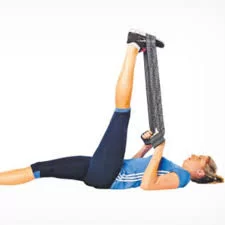
Twist to the Spine :
- Lie on your back but without the bent knees.
- Keep the shoulders flat on the floor then raise to the knees & bend them to a 90-degree angle.
- Then lower to one side of the body.
- Move to the gently & thoughtfully.
- Stay only for a few seconds & bring the legs back up.
- Then that Return to in starting position.
- Repeat on the opposite side.
- Do the exercise 3 to 5 times in one session & 3 sessions per day.
Precaution:
- Don’t hold your breath during exercise
- Avoid bouncy movement
- Stretch carefully and slowly
When not to do stretching for the sacroiliac joint:
- Any recent surgery
- Any recent injury
- Infection
- Hypermobility
FAQ:
Stretches targeted for specific muscles or muscle groups can help reduce SI joint pain and restore some range of motion to the legs, pelvis, and lower back.
Sit on the edge of your chair with your hands on your lower back and feet flat on the ground.
Push against your lower back and inhale.
Exhale as you curve your spine and look toward the ceiling.
Repeat this up to five times.
In some cases, stretching may help reduce SI joint pain by loosening tight muscles that put extra tension on these joints. Tight muscles around your back, hips, buttocks, thigh, and core can all mainly contribute to SI joint discomfort.
Stretching exercise for the sacroiliac joint helps in decompressing the SI joint.

